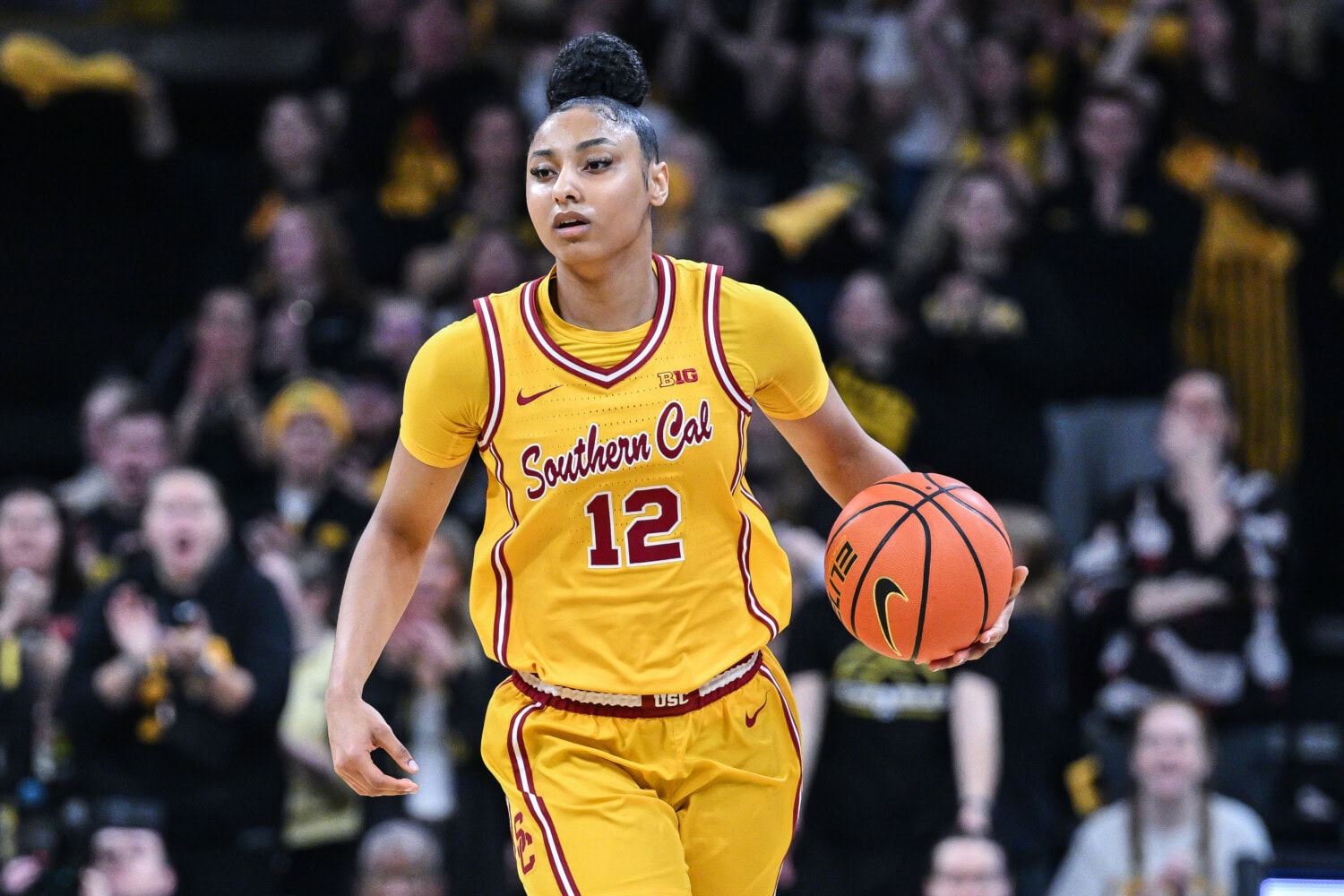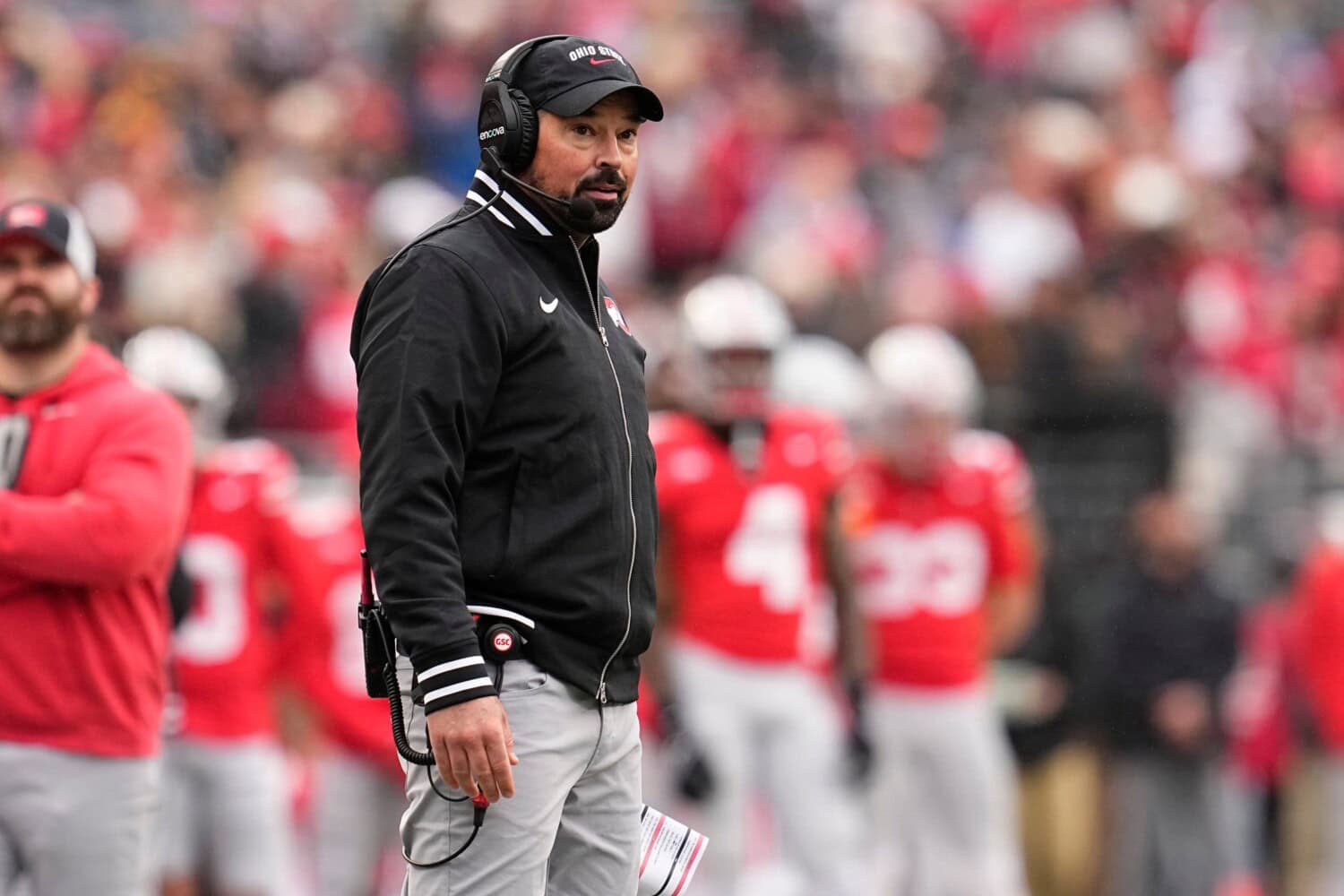The breakthrough House v. NCAA settlement will officially pay college sports student-athletes starting July 1, but so many questions still remain.
A U.S. District Court judge officially approved the NCAA‘s agreement to settle a consolidated group of antitrust lawsuits that will usher in a new era of collegiate athletics starting on July 1. Student-athletes will finally be paid directly from schools, with Division I colleges that opt in required to pay up to $20.5 million in revenue sharing directly to players during the 2025-26 academic year as part of a 10-year pact.
The settlement known as House v. NCAA will also see the NCAA pay $2.75 billion in backpay to about 390,000 plaintiffs who lost out on NIL payments over the next 10 years, an admission that the NCAA’s decadeslong practice of paying athletes only with scholarships to preserve its model of amateurism was outdated as schools collected many billions in athletic revenue. The new agreement also removes the NCAA from enforcing most non-academic rules and establishes a new organization called the College Sports Commission, which will be operated by former Major League Baseball executive Bryan Seeley. Within the CSC, a new Deloitte-built technology platform called NIL Go will act as a compliance clearinghouse for any new NIL deal above $600.
The three pillars of the settlement, the backpay compensation, and the CSC, open up a seemingly limitless array of questions and ripple effects on how they’ll impact the future of college sports, some of which we’ll address below.
How Will Revenue Sharing be Distributed?
For schools that opt in to revenue sharing, which will be at least the SEC, Big Ten, Big 12, and ACC known as the Power 4 conferences, 22% of average athletic revenue Football Bowl Subdivision schools generate from ticket sales, media rights, and other criteria will serve as the annual rev-share cap. While schools can distribute the $20.5 million in revenue sharing as they see fit and the allocations will vary, there’s a reported consensus that roughly 90% of that figure will likely be spent on football and men’s basketball, $13-16 million on football and $2-4 million on women’s hoops. Up to 5% of that number will probably go toward women’s basketball. The other 5-10% would have to be shared among the rest of the schools’ varsity sports.
Those smaller, largely non-revenue sports will have smaller roster sizes, with an estimated 13,000 Division I spots expected to decrease under the new agreement. However, there may be an increase in scholarships for certain sports. There is a growing concern that athletic departments may convert certain sports and teams that don’t generate revenue into club sports, thereby eliminating the need to pay those athletes and offer them scholarships.
One of the primary reasons the U.S. consistently wins the most medals at the Olympics is that the NCAA serves as a valuable incubator for Olympic athletes who go on to win gold, thanks to the strong college sports competitions that other countries often lack. Will this new revenue system render this medal-winning pipeline a thing of the past?
Division I schools outside the Power 4 will have until June 15 to opt in or out of the revenue sharing agreement, with long-term ramifications regardless of what they decide as they elect whether or not to try and keep up with college sports’ biggest spenders.

How Will Schools Navigate the NIL Clearinghouse?
The top football teams in the country, one power four personnel director told The Athletic, are going to have payrolls of $40-50 million after Ohio State spent an estimated $20 million on its championship-winning roster last year. That would mean more NIL deals and contributions from boosters than ever before, increasing the importance of outside groups and collectives. To circumvent incoming rules, many schools front-loaded NIL deals with players, so that most of the money was paid out before the settlement took effect.
Starting quarterbacks at major schools will reportedly still cost at least $2-4 million, and that money still has to come from somewhere. Texas Tech, for instance, is reportedly planning to pay its players $55 million through revenue sharing and NIL. But eliminating these types of booster groups and collectives living in the shadows is one of the main purposes of the formation of the College Sports Commission and NIL Go.
“There’s no enforcing this,” that personnel director continued to The Athletic. “Fair market value? F— Deloitte. This is going to get even crazier.”
Last month, Deloitte told ACC officials that an estimated 70% of past deals from booster collectives would have been denied under current clearinghouse rules. The CSC, per a Friday press release, will investigate potential rules violations, determine penalties, participate in arbitration processes, and administer rules violations. Penalties must be severe enough to deter schools from exceeding the cap or violating the rules, or the revenue-sharing model will become a farce from the outset.
Seeley, who served as MLB’s Executive Vice President of Legal and Operations, will immediately be thrust into one of the most powerful and important positions in college sports. He helped oversee the implementation of rules behind bonus pools for both the domestic amateur draft and international bonus allocations, which will be largely applicable for what the NCAA will try to implement.
Realistically, schools need to balance staying competitive in football and men’s basketball while avoiding new rules that could put them at risk. Athletic departments will likely try to find every potential loophole or edge to gain an advantage. Will NIL Go do enough to be taken seriously long term?

Potential Legal Challenges
Late last year, under the Biden administration, the Department of Education ruled in January that how schools planned to distribute revenue-sharing funds would violate Title IX rules. While that line of thinking was quickly scrapped when the Trump administration took office, it underscores the many ways various stakeholders can file lawsuits over the revenue-sharing cap or whether the NIL clearinghouse has legal enforcement powers.
If athletes are going to be paid, do they deserve a seat at the negotiating table in the form of collective bargaining? Shouldn’t they be considered employees of the schools they drive billions in revenue for if they’re being paid for rendered services?
The NCAA is engaged in ongoing efforts to use Congress to codify the House settlement into law. Senators have tried for months to draft legislation, while the Power 4 conferences released a joint statement early Tuesday, applauding a House bill currently circulating that would prohibit student-athletes from being considered school employees. On Sunday, President Trump golfed with SEC Commissioner Greg Sankey and Notre Dame Athletic Director Pete Bevacqua to discuss the future of collegiate athletics in a potential effort to expedite the legislative process.
Despite current legislative efforts, antitrust lawsuits are likely to continue being filed as student-athletes continue to advocate for a more equitable process and their rights. While the approval of the House settlement marks a landmark moment of change for college sports years in the making, it’s only the beginning of an ongoing battle in the ever-changing collegiate sports landscape, as ripple effects will reverberate here for many months and years to come.